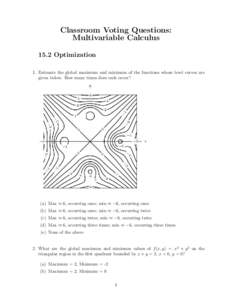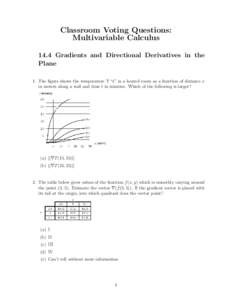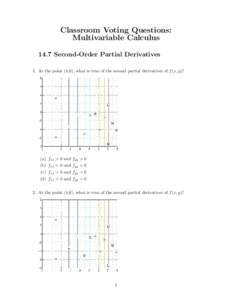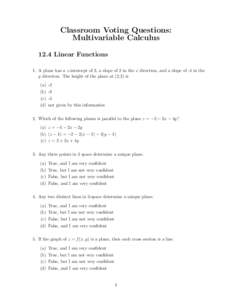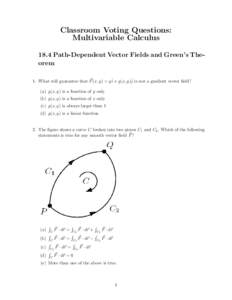<--- Back to Details
| First Page | Document Content | |
|---|---|---|
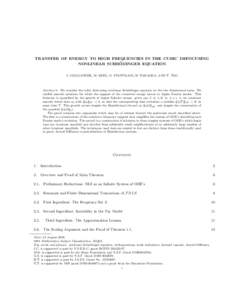 Date: 2010-03-05 09:55:21Mathematical analysis Mathematics Calculus Joseph Fourier Mathematical physics Multivariable calculus Partial differential equation Wave equation Fourier transform Sobolev inequality Fourier series N1 |
Add to Reading List |
 TRANSFER OF ENERGY TO HIGH FREQUENCIES IN THE CUBIC DEFOCUSING ¨ NONLINEAR SCHRODINGER EQUATION J. COLLIANDER, M. KEEL, G. STAFFILANI, H. TAKAOKA, AND T. TAO
TRANSFER OF ENERGY TO HIGH FREQUENCIES IN THE CUBIC DEFOCUSING ¨ NONLINEAR SCHRODINGER EQUATION J. COLLIANDER, M. KEEL, G. STAFFILANI, H. TAKAOKA, AND T. TAO